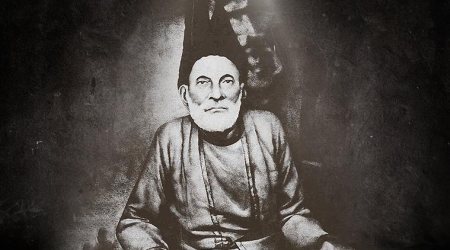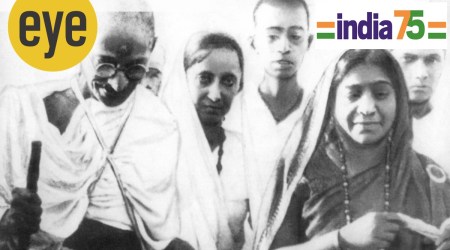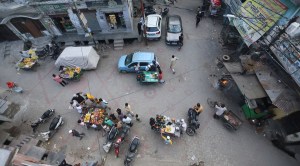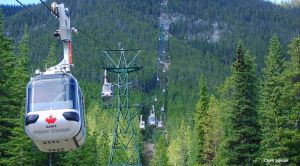Why the conservation of pygmy hogs is crucial to India’s wildlife protection goals
The absence of these little creatures means something is seriously wrong with the habitat
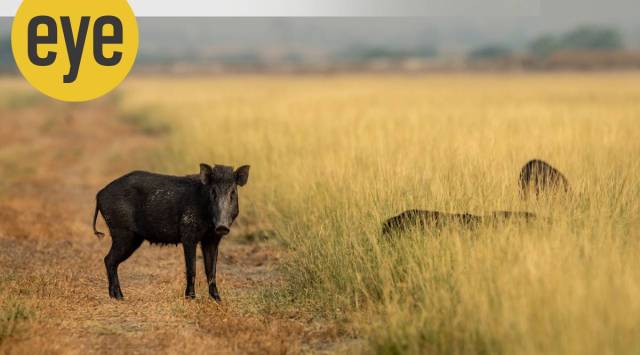 Pygmy hogs in Assam (Pic source: Getty Images)
Pygmy hogs in Assam (Pic source: Getty Images) They’re only made in India – the smallest, possibly sweetest and certainly most rare wild piggy in the world: the Pygmy hog. Once found all over the alluvial grasslands at the foothills of the Himalayas all the way from Uttar Pradesh to Assam, they had all but vanished by the early 1960s, thanks to rampant habitat destruction and hunting. Adults measure just under 10 inches in height and 2 feet in length and heavyweights tip the scale at around 10 kg. Piglets have a bristly blackish-brown coat, lovely hazel eyes and a sloping forehead, which makes them look extremely endearing.
They are homely little pigs, living in sociable family groups of up to 20, led by a matriarch and will excavate nests – equipped with all-weather roofs – not only as nurseries, but to live day-to-day. They take their afternoon siestas here and return home to it after foraging all day. Like their hefty cousins, the wild boar, they eat everything but on a smaller scale (insects, small reptiles, rodents, eggs, roots, tubers, berries, fruit), and must do so for between 6 and 10 hours every day. They may be small but their importance and relevance in the larger scheme of things is enormous because they are an indicator species. Pygmy hogs only live in the wet high grasslands at the foothills of the Himalayas, where the rains are sponged up, and the water table remains high, ensuring a healthy habitat for other rarities such as the one-horned rhinoceros, hog deer, Eastern barasingha, tiger, water buffalo, lesser florican and the hispid hare. If these little piggies are not around, it means something is seriously wrong with the habitat, which, in turn, would endanger the fate of the other animals. By the 1960s, they were considered ‘critically endangered’ and on the verge of extinction. Naturally they are on Schedule I of the Wildlife Protection Act 1972 and on Appendix 1 of CITES (the Convention on International Trade in Endangered Species of Wild Fauna and Flora).
The plight of these little piggies caught the attention of Gerald Durrell, who in the early 1970s asked a tea planter in Assam to keep an eye out for the little pigs. Word was spread and hey presto, in 1971, a small group of piglets was found hiding in ditches on a tea estate having fled a fire and a few more in a local market. After some ad-hoc conservation attempts at captive breeding in zoos, the Durrell Wildlife Conservation Trust along with the Ministry of Environment, Forest and Climate Change, the International Union for Conservation of Nature (IUCN) and local NGOs, EcoSystems India and Aaranyak, launched the Pygmy Hog Conservation Programme in 1995, (sadly, the year Durrell died) recognising the fact that this little piggy was now a ‘stuck species’ and needed a rescue scheme based on scientific methodology. The hogs’ habitat was in trouble – from encroachment, population pressure and because of political reasons.
Six little piggies were caught from the Manas Wildlife Sanctuary in Assam – four little ladies and two little dudes – for a captive breeding program. Three of the ladies were already expecting happy events, so the scheme took off nicely. They were housed in a specially-built breeding centre at Basistha near Guwahati; another at Potasali near Nameri was added two years later. The idea, of course, was that once their numbers went up, some would be re-released into the wild.
Happily, the little pigs got busy having babies (their population as of 2018 is around 400); ‘Weddings’ were carefully choreographed to ensure healthy progeny and genetic diversity. But re-releasing into the wild was not just a matter of opening up their cages and saying ‘shoo! Go have fun, piggies!’ They had to be trained to be little wild hogs. And so, for five-six months, they were sent to boot camp, where they had minimal contact with their human carers – who of course, (like helicopter parents) spied on them from machans to check on how they were doing. The little hogs had to learn to forage on their own (handouts were reduced to 15 per cent of their required intake), evade enemies, and build their nests. Even after being released, they were tracked with the help of ear tags and even microchips. In July 2017, the first wild-born piglets with their re-released mom were caught on camera trap in the Orang National Park. Naturally, the doting and anxious team members of the Programme were ecstatic.
But this was not enough: One of the main reasons for the hogs’ decline was the burning of the grasslands – especially in areas around settlements – at the wrong time, during the hogs’ mating season (November-December). So it was suggested that burning be done from January onwards, until May, just before the new little piggies arrived. Firelines too were to be created and livestock grazing controlled. Another, more recent threat, is the advent of swine flu – not so much in the captive-breeding enclosures where strict protocols are in place, but in areas around human settlements — where the rewilded little piggies may meet their domestic cousins.
We like to boast that we are, perhaps, the only nation in the world which has not recently lost a single large wild mammal to extinction. The Pygmy hog may not be large, but its role in safeguarding the existence of some of our large mammals is enormous – and we have brought it back from the brink. Let’s hope that this little piggy will soon be running all the way home in the grassland foothills of the Himalayas from Uttar Pradesh to Assam as it once must have done.
Aug 14: Latest News
- 01
- 02
- 03
- 04
- 05


